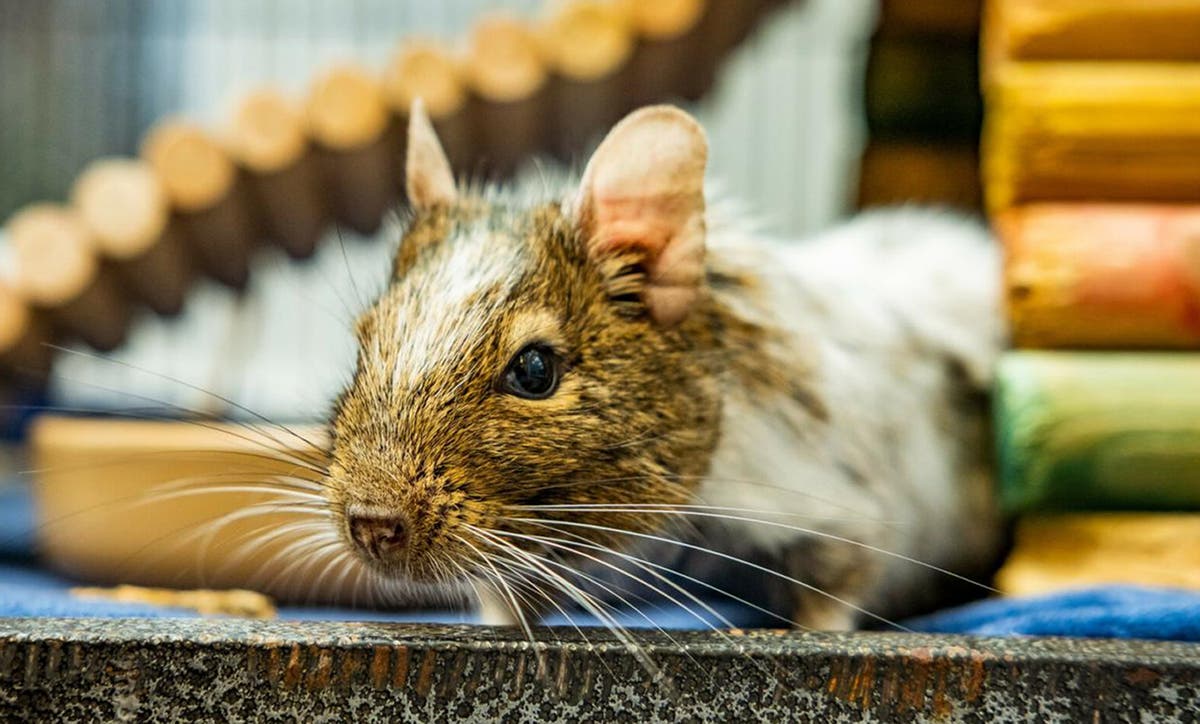Take a moment to take stock of some of the problems the COVID-19 pandemic caused: an economic crisis, the difficulty of working from home, and the struggle to respond to a severely infectious virus.
One more thing to add to the list of problems in 2020: a surge in rodent activity in residential areas in Boston, causing city officials to look for ways to address health and cleanliness issues.
While neighborhoods like Allston have long seen rat infestation, restaurant closings due to COVID-19 shifted the location of garbage from business districts to residential areas – and with that, the rats emigrated Tuesday, according to city officials.
Out of public health and sanitation concerns, Boston city councilors Ed Flynn and Liz Breadon held a virtual hearing on Tuesday to address illegal dumping and the increase in rodent activity during the pandemic.
“During the COVID crisis, we received increased reports of rat and rodent-related problems in our neighborhood,” said Breadon. “However, out here in Allston-Brighton, long before the pandemic, we had a problem with a perennial rodent problem, wherever our neighborhood is known as Rat City.”
Leo Boucher, assistant commissioner for inspection services, said New York City, Chicago, New Orleans and the United Kingdom are some areas where rodent populations and sightings are increasing. In Boston, he said, a “perfect storm” led to increased reports and a surge in population: COVID-19 changed people’s eating habits, several mild winters, and a decline in commercial junk as businesses closed.
“All of these changes in practice resulted in the rubbish from the industrial parks being moved to more populated residential areas. As people said, the rats were moving back towards their food source,” he said. “And also, as we can all attest, we’ve had some incredibly mild winters. So the kill-off we normally get during seasonal times has been reduced. As a result, we’ve got an increased population.”
Flynn said he has received reports of rodent infestations from neighbors in the past few months, with pest activity spiking. Like Boucher, Flynn attributed the leap in sightings to the loss of typical food sources.
Inspection Services Commissioner Dion Irish said the pandemic created a challenging time for the department as demand for their services increased. Rodent problems are not new to the city, he said, and the department has professionals who work multiple shifts throughout the day to address rodent problems.
“This is not a glamorous subject,” said Irish during the hearing. “But as you all mentioned, it’s a very important issue, it’s one of many important issues that we have to deal with as a city, it’s quality of life, it’s public health. We take it seriously.”
Part of limiting the increase in rodent activity comes from controlling food sources, as rats can sometimes live only 150 feet from where they feed, Boucher said. To curb rodent activity, the Centers for Disease Control recommend sealing off access to households and businesses, removing dirt and heavy vegetation, storing trash in tightly-covered bins, and removing pet food from yards.
And while the CDC warned environmental health and rodent control programs of a possible increase in service requests and reports of unusual or aggressive pest behavior, Boucher said one of the biggest misconceptions was rats, who are more aggressive towards humans.
“It’s very, very, very critical that we understand that they’re more aggressive towards each other, not more aggressive towards people. That’s a very important fact to get out of there,” he said. “They become aggressive against each other because they are fighting for the same piece of food.”
City officials also encouraged residents to use Boston line 311 to report rodent sightings. Boucher said the service is a “great tracking mechanism” as complaints are automatically sent to the inspection services department and placed in a queue for officers to deal with.
Calls to duty are on the rise, Boucher said, and part of the reason can be attributed to the fact that the pandemic has forced people to spend more time at home.
“People are home now, you see a lot more when you’re at home. I mean, I’m at home today, working because I have all of my resources here and all I hear is construction trucks passing by and I hear dogs barking. I see things during the day that I normally don’t see, “he said. “It’s characteristic of the whole city. People who work from home are more likely to know what’s going on in their neighborhood.”






